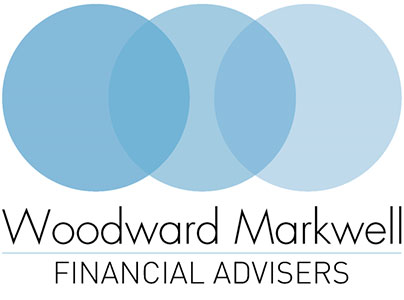
15th February 2024
Tax-saving measures
WHAT ACTIONS TO REVIEW BEFORE THE 2023/24 YEAR-END?
Have you recently evaluated your personal tax situation? Is your tax structure optimised for efficiency? As we approach the end of the tax year on 5 April 2024, it presents an ideal opportunity to assess and leverage the various allowances and reliefs available to enhance your tax profile. Allocating time for this review can provide valuable insight into potential opportunities for you and your family.
The vast scope and complexity of the UK tax system may seem daunting. However, navigating it with careful planning can lead to significant financial benefits. Understanding your tax affairs is key to maximising your wealth and ensuring your financial future.
TAKE ADVANTAGE OF POTENTIAL RELIEFS OR ALLOWANCES
However, the tax landscape has witnessed considerable changes, making the situation more challenging for taxpayers and investors alike. As we near the end of the 2023/24 tax year, every taxpayer should understand the importance of this date and consider their tax position.
Furthermore, 5 April 2024 marks the end of your personal earnings year. Knowing your yearly income will help you understand your tax band and ensure you take advantage of potential reliefs or allowances. The current tax year officially ends on 5 April 2024. The following day, 6 April 2024, ushers in the 2024/25 tax year. As the tax year end approaches, we’ve provided some planning tips to consider:
MARRIAGE ALLOWANCE
This allowance provides a unique opportunity for couples where one partner is a basic rate taxpayer and the other partner’s income falls below the personal allowance threshold. With the Marriage Allowance, you can transfer up to £1,260, which equates to 10% of the personal allowance, from the lower-income partner to the higher-income partner.
This transfer can significantly reduce the tax liability for the basic rate taxpayer, potentially saving up to £252 in the current year. It’s important to note that this allowance is specifically designed for married couples or registered civil partners. By efficiently utilising this allowance, couples can optimise their combined tax liabilities and make the most of their financial situation.
///CONTINUE READING THIS BLOG ON PAGE 06/07 (CLICK HERE)///
THIS ARTICLE DOES NOT CONSTITUTE TAX OR LEGAL ADVICE AND SHOULD NOT BE RELIED UPON AS SUCH. TAX TREATMENT DEPENDS ON THE INDIVIDUAL CIRCUMSTANCES OF EACH CLIENT AND MAY BE SUBJECT TO CHANGE IN THE FUTURE. FOR GUIDANCE, SEEK PROFESSIONAL ADVICE.
A PENSION IS A LONG-TERM INVESTMENT NOT NORMALLY ACCESSIBLE UNTIL AGE 55 (57 FROM SPRIL 2028 UNLESS THE PLAN HAS A PROTECTED PENSION AGE).
THE VALUE OF YOUR INVESTMENTS (AND ANY INCOME FROM THEM) CAN GO DOWN AS WELL AS UP, WHICH WOULD HAVE AN IMPACT ON THE LEVEL OF PENSION BENEFITS AVALIABLE.
YOUR PENSION INOME COULD ALSO BE AFFECTED BY THE INTEREST RATES AT THE TIME YOU TAKE YOUR BENEFITS.
